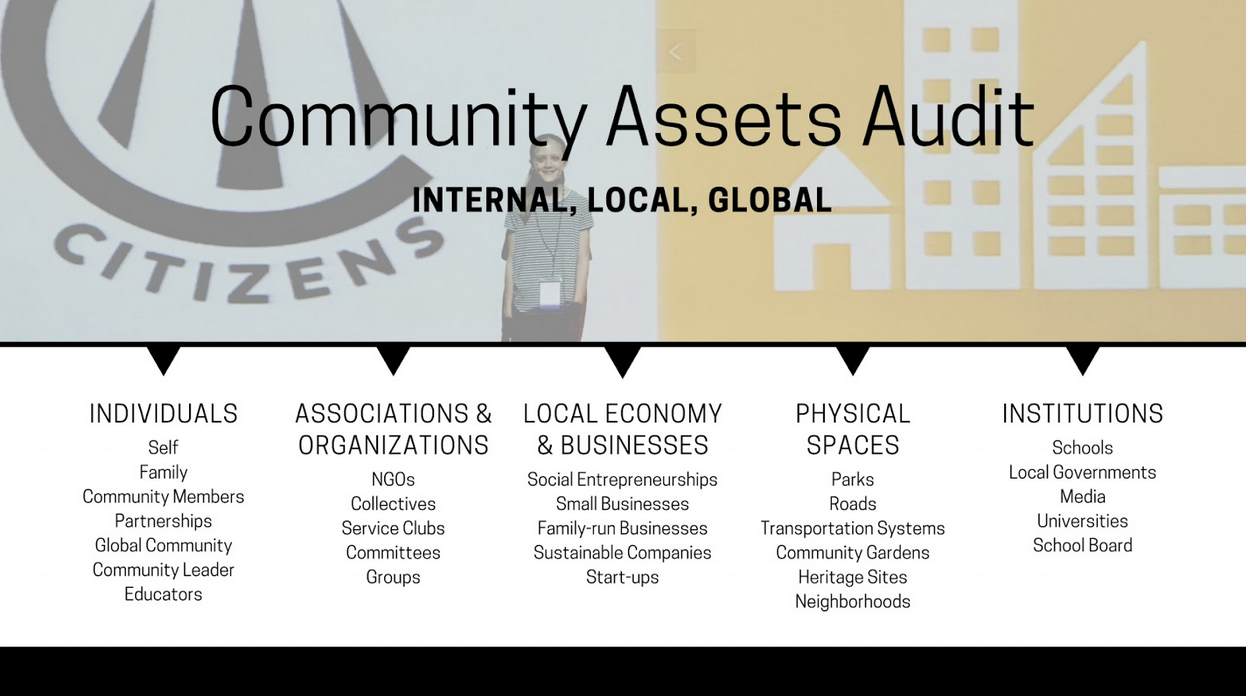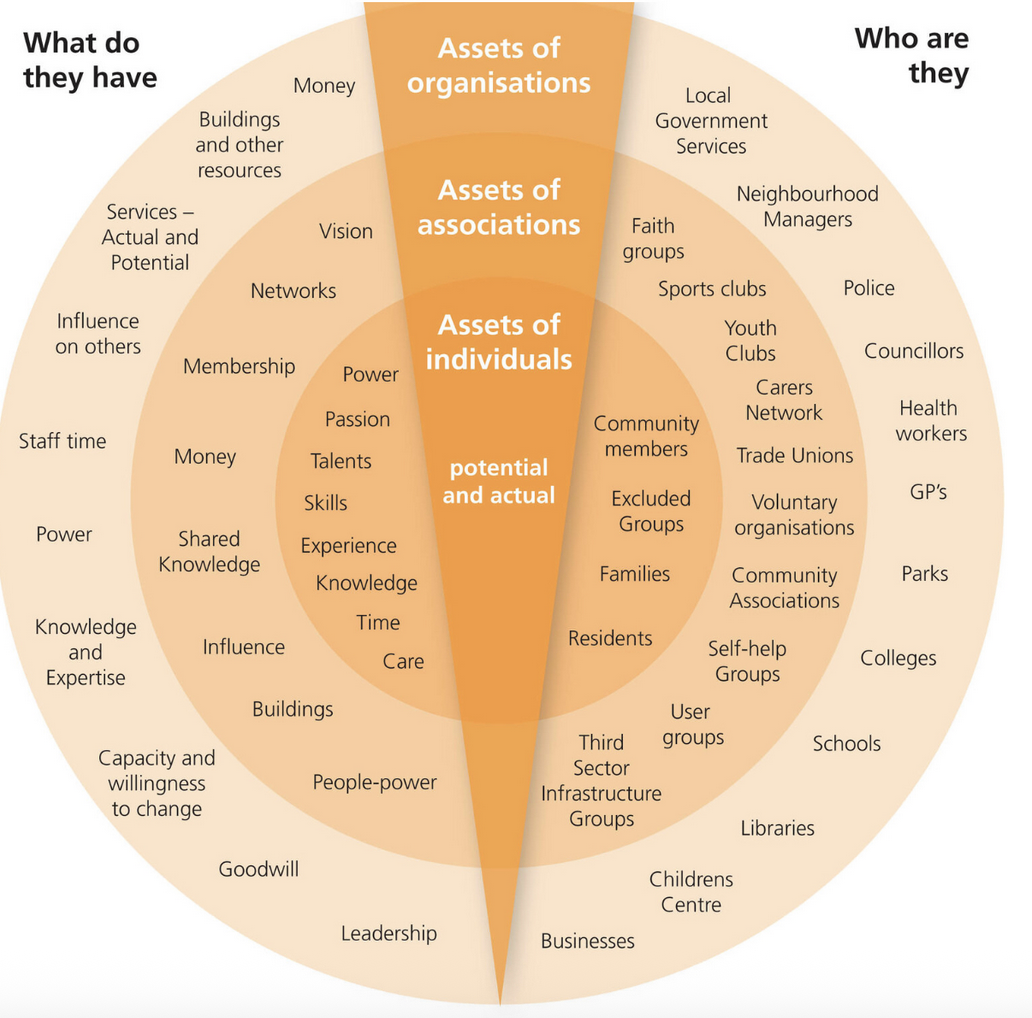Step 2: Which Community?
Next, who in your community is already actively engaged and working on this issue? Are there local NGO’s, community organizations, local businesses, experts, etc. in your community, or maybe even within your school community who you might be able to partner with?
Consider the lists and graph below and come up with a few options.
When establishing community partnerships, it's essential to conduct a thorough risk assessment to identify potential challenges and ensure child safeguarding measures are in place. Initiate discussions with prospective partners to align on mutual goals and aspirations, creating a Memorandum of Understanding (MOU) that clearly outlines each party's expectations. Recognize that community partners may not have an educational background, so it's crucial to communicate your school’s approach to community engagement clearly. Being an active listener during these conversations fosters trust and understanding, ensuring that both parties are fully aware of their roles and the partnership's objectives. By following these steps, schools can cultivate meaningful, sustainable, and impactful learning experiences that benefit both students and the community.



